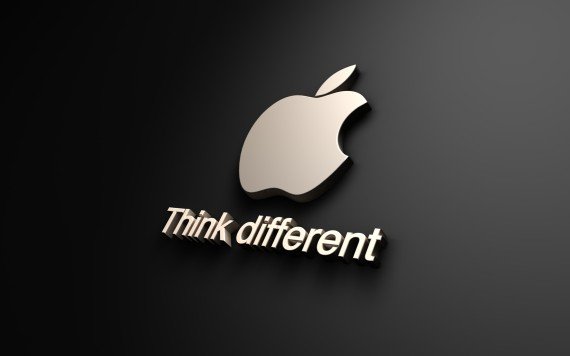
Apple had a famous ad campaign in 1997 asking people to “think different”. How many off you think different? If you find you or your company struggles to think differently, I just reviewed a great list of 50 ways to foster innovation and here are my favorite from the ideachampions.com article:
- Remember that innovation requires no fixed rules or templates — only guiding principles. Creating a more innovative culture is an organic and creative act.
- Wherever you can, whenever you can, always drive fear out of the workplace. Fear is “Public Enemy #1” of an innovative culture.
- Have more fun. If you’re not having fun (or at least enjoying the process) something is off.
- Always question authority, especially the authority of your own longstanding beliefs.
- Make new mistakes.
- As far as the future is concerned, don’t speculate on what might happen, but imagine what you can make happen
- Increase the visual stimuli of your organization’s physical space. Replace gray and white walls with color. Add inspiring photos and art, especially visuals that inspire people to think differently. Reconfigure space whenever possible.
- Help people broaden their perspective by creating diverse teams and rotating employees into new projects — especially ones they are fascinated by.
- Ask questions about everything. After asking questions, ask different questions. After asking different questions, ask them in a different way.
- Ensure a high level of personal freedom and trust. Provide more time for people to pursue new ideas and innovations.
- Encourage everyone to communicate. Provide user-friendly systems to make this happen.
- Embrace and celebrate failure. 50 to 70 per cent of all new product innovations fail at even the most successful companies. The main difference between companies who succeed at innovation and those who don’t isn’t their rate of success — it’s the fact that successful companies have a LOT of ideas, pilots, and product innovations in the pipeline.